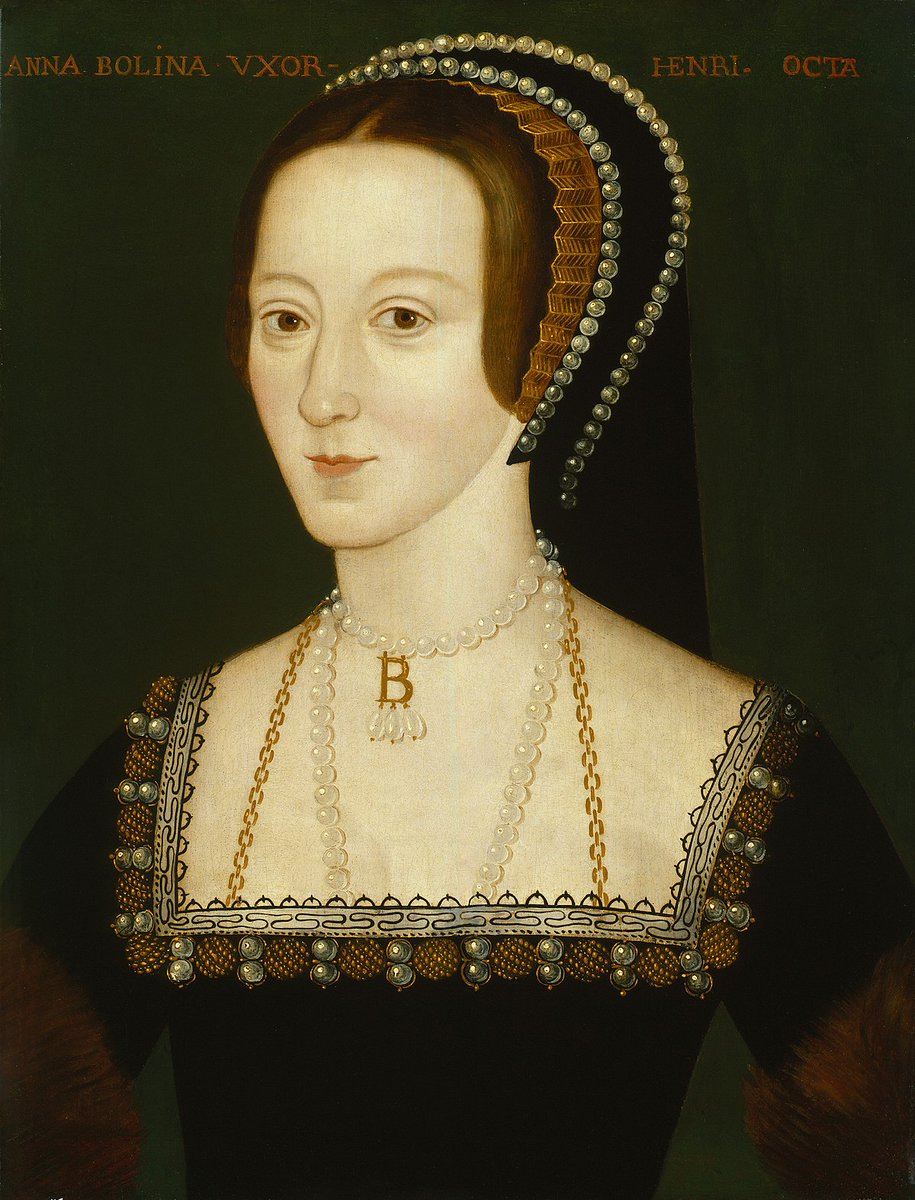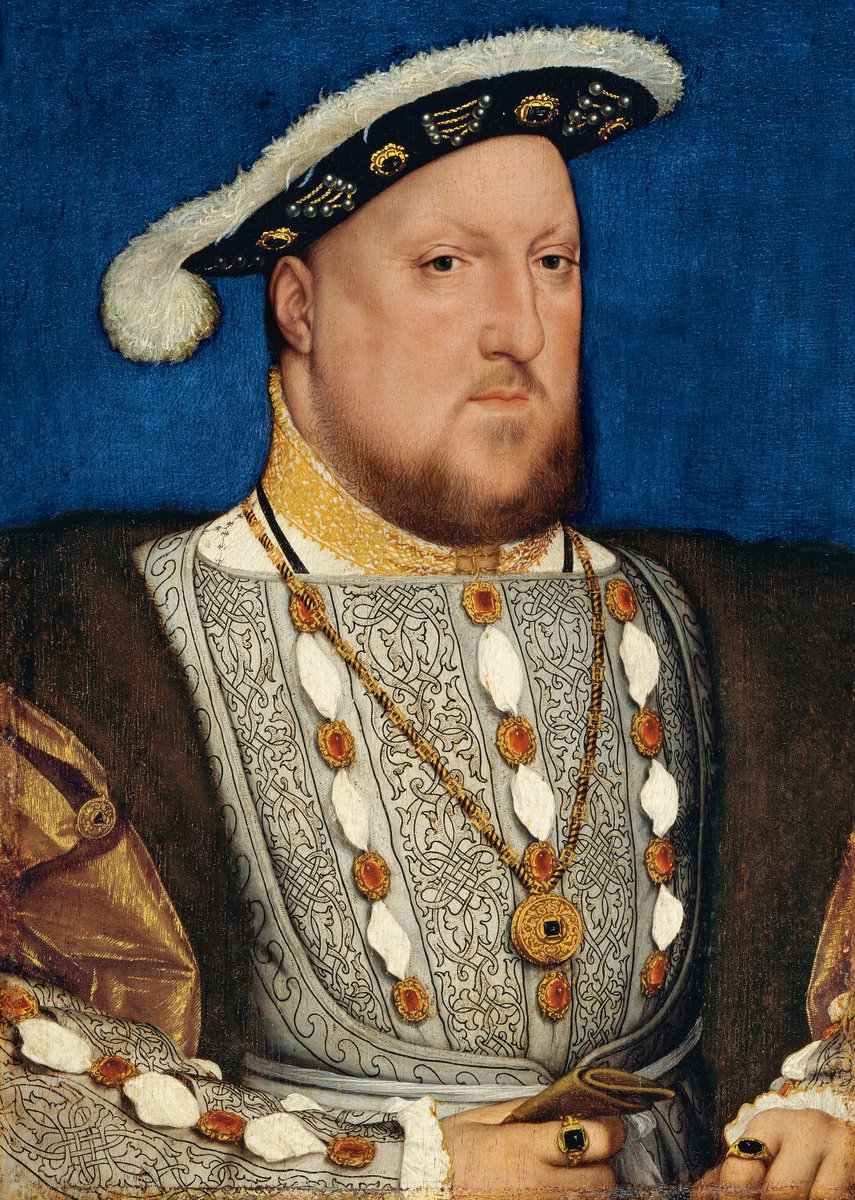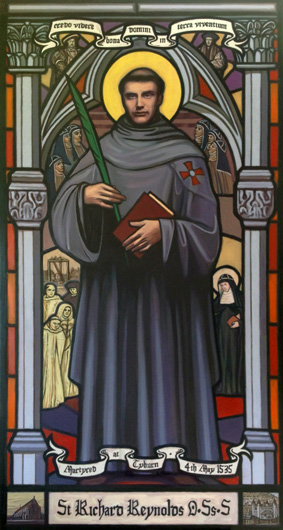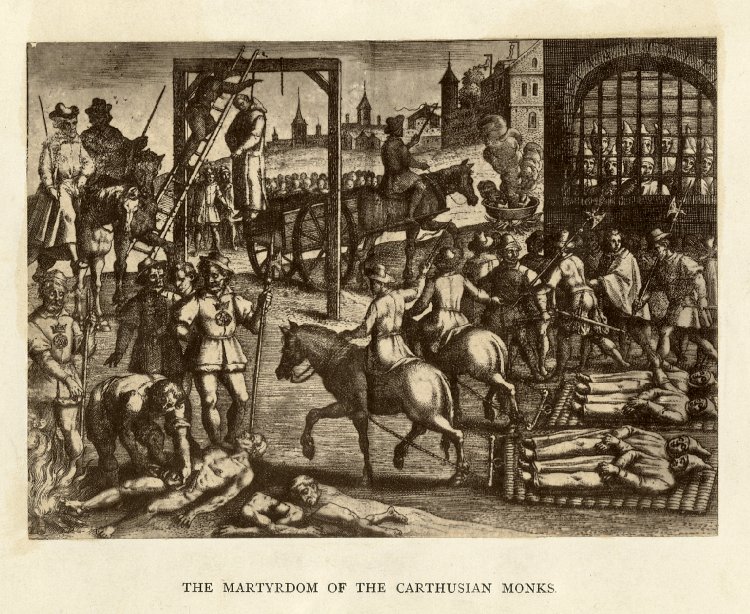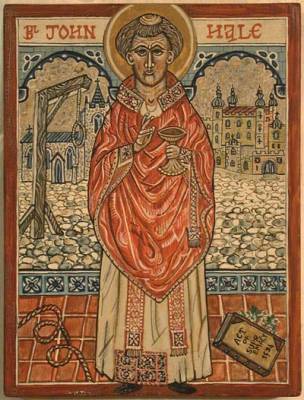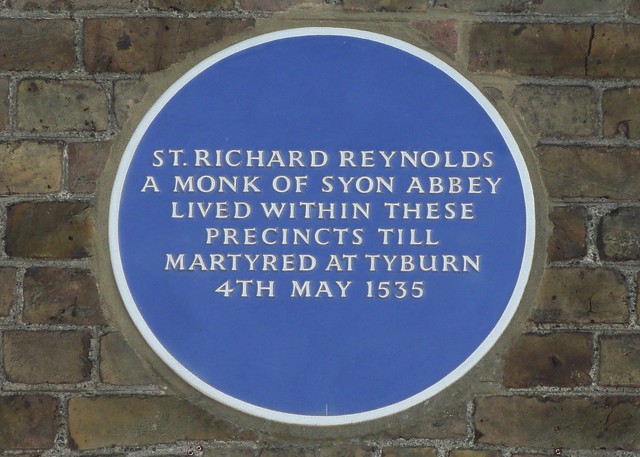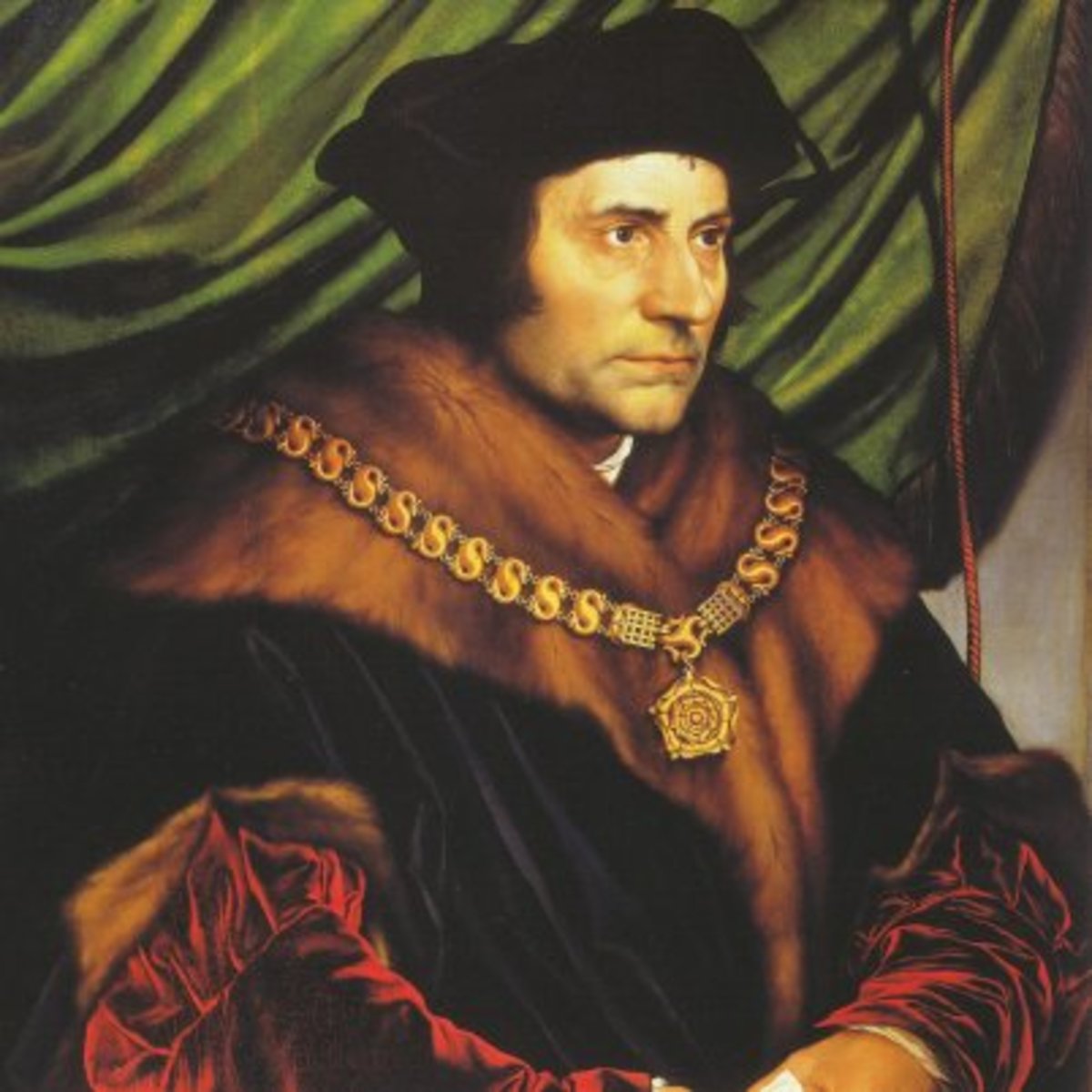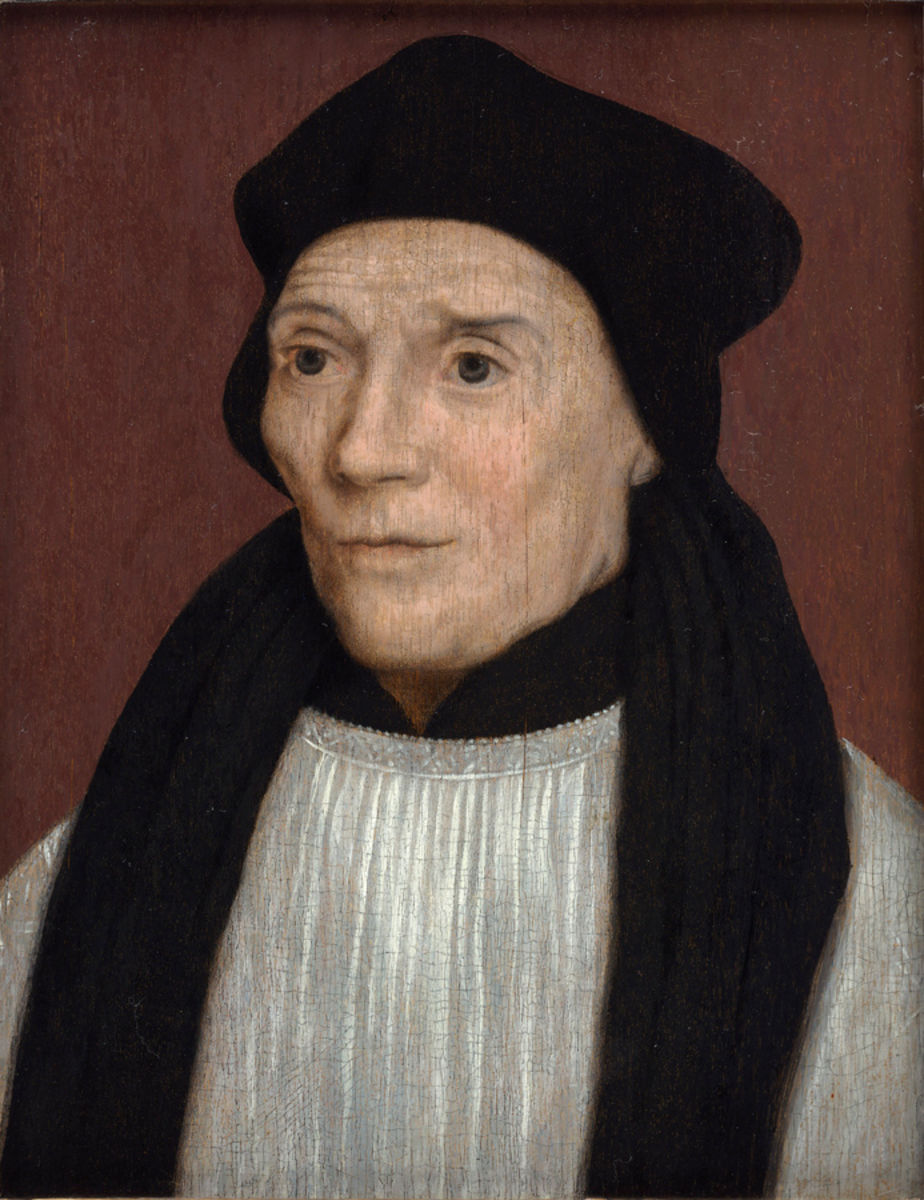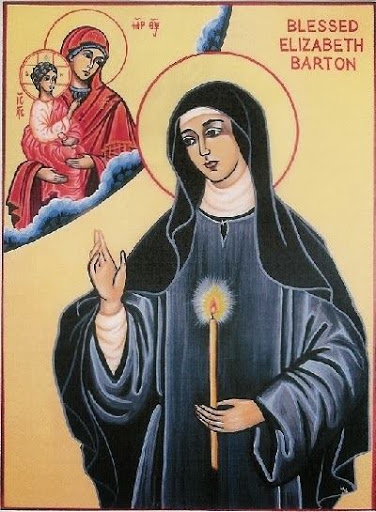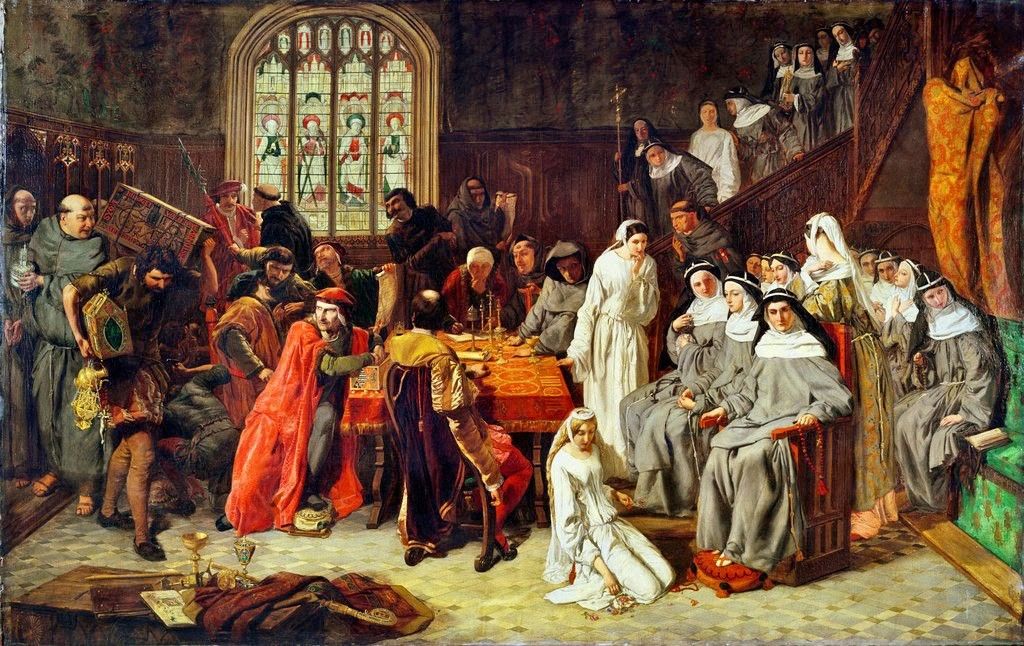SYON ABBEY HISTORY PART 4 - SYON MONASTERY AND THE ENGLISH REFORMATION (a thread):
In the 1520s and 1530s, while Syon was becoming vastly influential, King Henry VIII was making radical changes to the Church which could not be ignored. Like most monasteries, the initial reaction at Syon was one of reluctant compliance, with the nuns expected to... (1)
...pray for the King& #39;s issue and the new Queen, Anne Boleyn. Submission did not save the monastery however, as it was obvious that many were outraged with the King& #39;s break with Rome and his status as head of the Church of England. (2)
As a major centre for book printing, Syon became the place of publication for some of England& #39;s most radical anti-Protestant literature - often written by the religious teachers themselves. Catholic Priest Richard Whitford reasserted the need for Catholicism... (3)
...in & #39;Work for Householders& #39; (1530), and was particularly defensive of monasteries in & #39;The Pipe or Turn of the Life of Perfection& #39;, (1532). Along with other Catholic martyrs, Whitford often met at Syon with Richard Reynolds, Confessor at the monastery. (4)
Entirely opposed to the Protestant reformation, Reynolds refused the Act of Supremacy in 1534, and was sent to the Tower of London the following year. Interrogated by Thomas Cromwell himself, Reynolds was executed on 4th May 1535, alongside John Hale, Vicar of Isleworth. (5)
As well as generating anti-Protestant sentiment, Syon was also accused of harbouring the King& #39;s enemies. Frequent visitors to the monastery included Bishop of London, John Fisher, and Lord Chancellor Thomas More. Both were very vocal in their opposition to the divorce. (6)
Also significant was Syon& #39;s connection to Elizabeth Barton, Holy Maid of Kent. A self-confessed religious prophet, Barton claimed the King would die a & #39;villain& #39;s death& #39; for his beliefs and marriage to Boleyn. Henry had her tried and executed in 1534, mentioning Syon by name. (7)
When the Act for the Dissolution of the Greater Monasteries was passed in 1539, it was of little surprise that Syon was the first to be targeted. Refusing a voluntary surrender, the nuns were eventually assigned pensions and cast out of the Abbey. (8)
The event was depicted in an oil painting: & #39;Visitation and and Surrender of Syon Nunnery to the Commissioners, 1539& #39;. (Paul Falconer Poole, 1846).
Once in the King& #39;s hands, Syon Monastery was dissolved on 25th November 1539. (9)
Once in the King& #39;s hands, Syon Monastery was dissolved on 25th November 1539. (9)
Condensed post here: https://www.instagram.com/p/CDi4IkbHbSy/?igshid=14cmn9l0rs6gj">https://www.instagram.com/p/CDi4Ikb...

 Read on Twitter
Read on Twitter